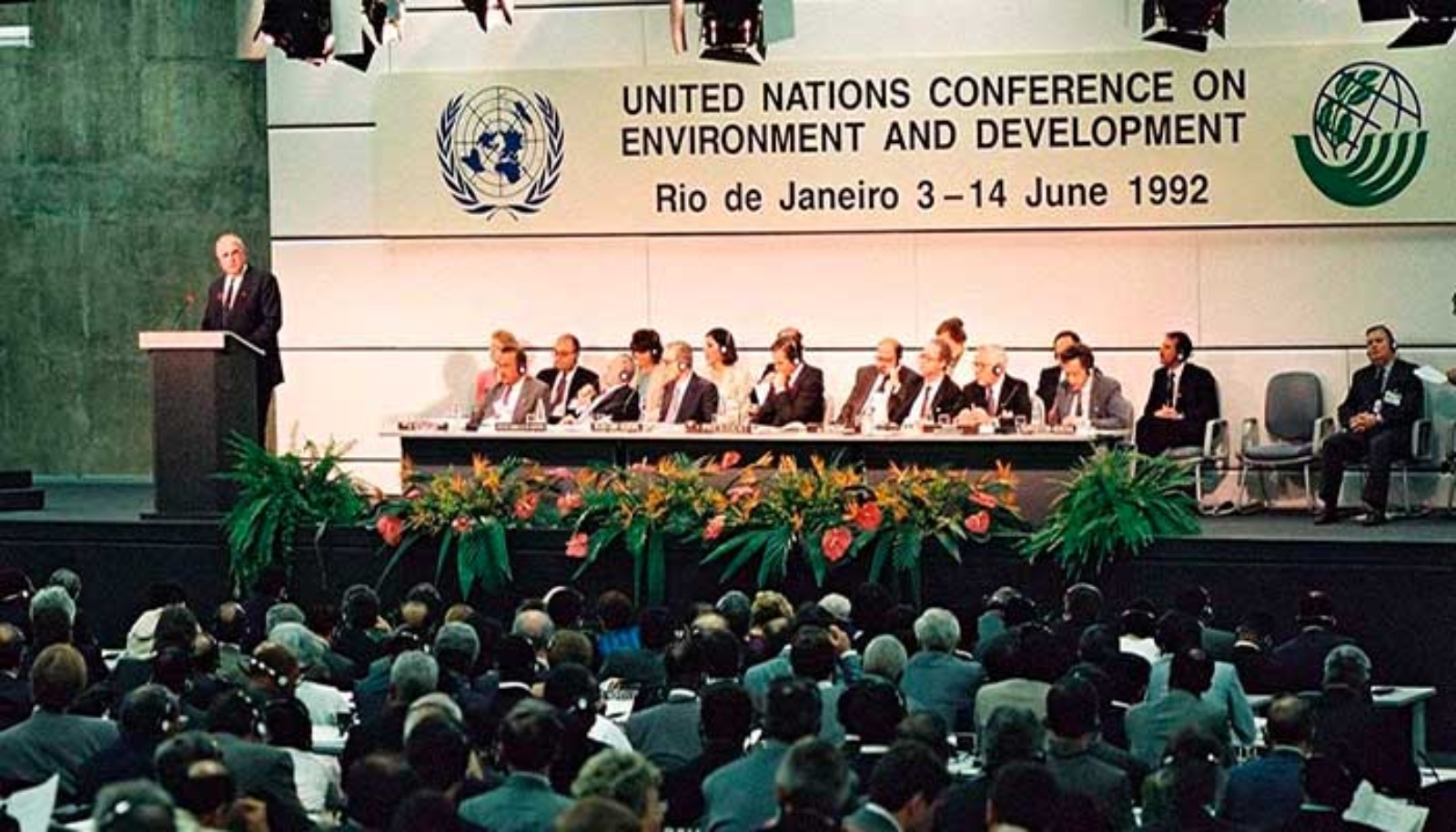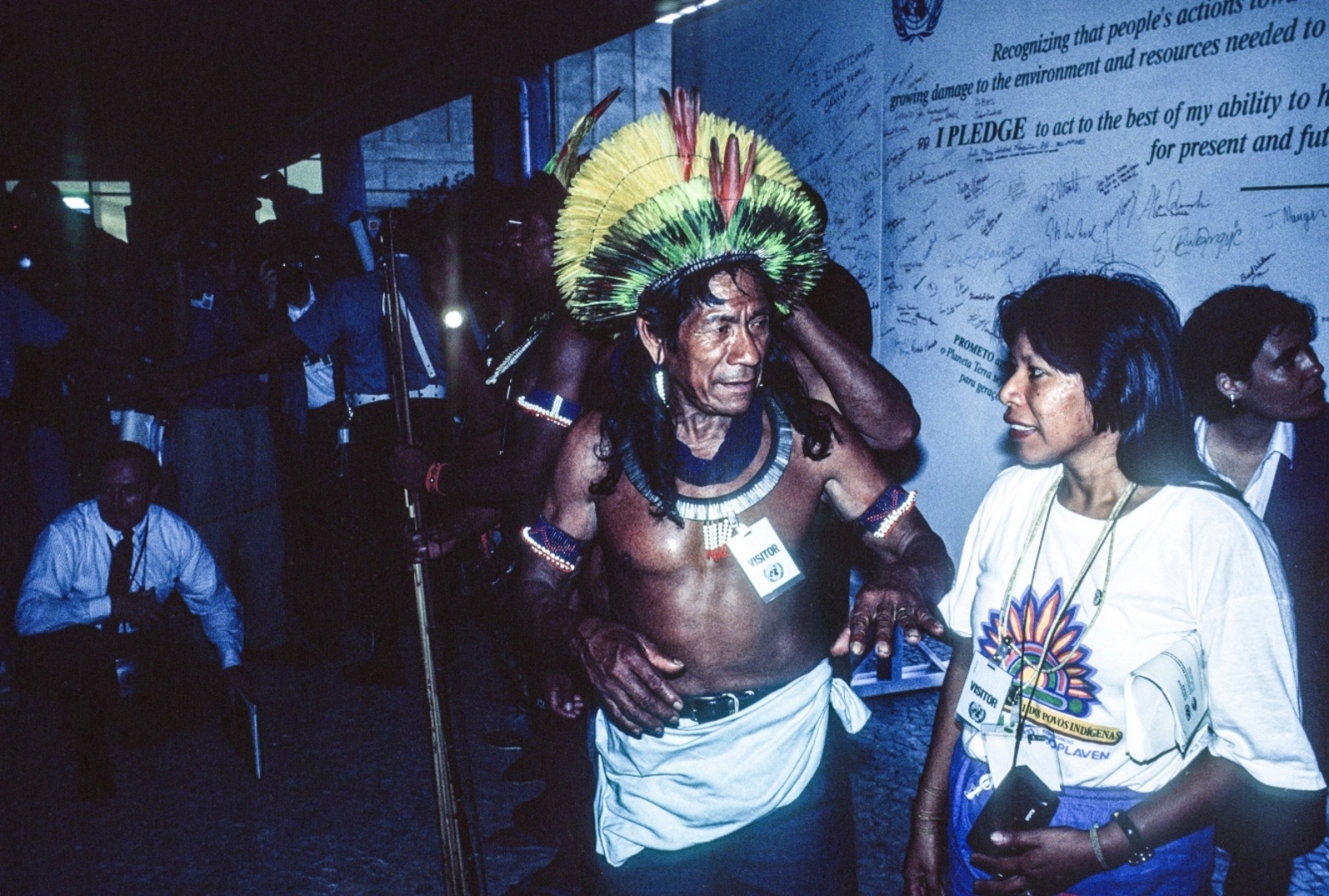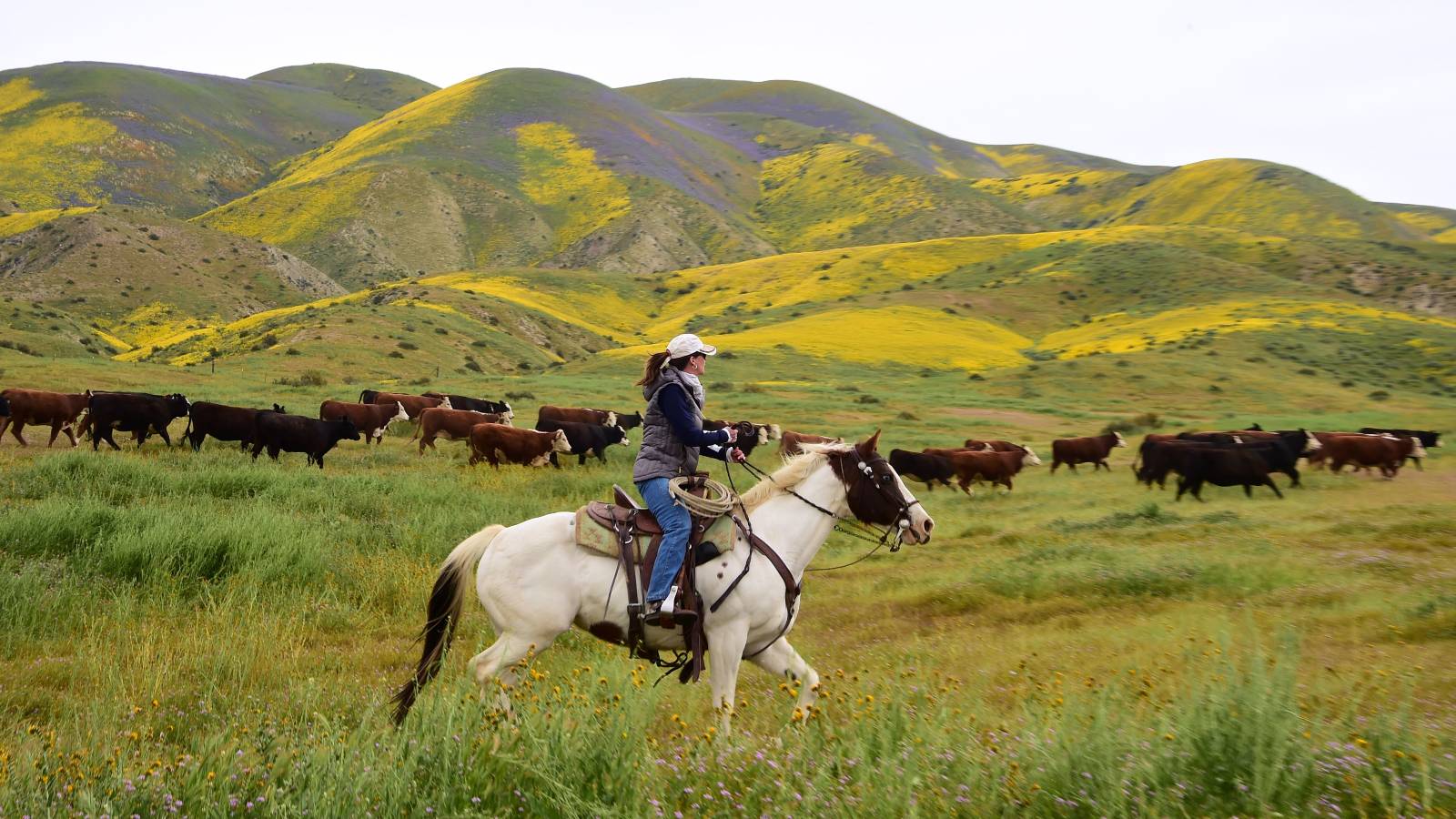This story is part of a Grist series on Indigenous rights and conservation, and is co-published with Indian Country Today.
On a 1919 trip to the United States, King Albert I of Belgium visited three of the country’s national parks: Yellowstone, Yosemite, and the newly established Grand Canyon. The parks represented a model developed by the U.S. of creating protected national parks, where visitors and scientists could come to admire spectacular, unchanging natural beauty and wildlife. Impressed by the parks, King Albert created his own just a few years later: Albert National Park in the Belgian Congo, established in 1925.
Widely seen as the first national park in Africa, Albert National Park (now called Virunga National Park), was designed to be a place for scientific exploration and discovery, particularly around mountain gorillas. It also set the tone for decades of colonial protected parks in Africa. Although Belgian authorities claimed that the park was home to only a small group of Indigenous people — “300 or so, whom we like to preserve” — they violently expelled thousands of other Indigenous people from the area. The few hundred selected to remain in the park were seen as a valuable addition to the park’s wildlife rather than as actual people.
And so modern conservation in Africa began by separating nature from the people who lived in it. Since then, as the model has spread across the globe, inhabited protected areas have routinely led to the eviction of Indigenous peoples. Today, these conservation projects are led not by colonial governments but by nonprofit executives, large corporations, academics, and world leaders.
Although the system has evolved, the results are the same: ongoing evictions, murders, persecution, and loss of culture, and a global apparatus that poses an existential threat to Indigenous peoples around the world. And as world leaders call for more protected areas in response to climate and biodiversity crises, Indigenous peoples are sounding the alarm. This is the latest phase of a centuries-long conflict over what it means to protect nature, and what some are willing to sacrifice for it.
For much of human history, most people lived in rural areas, surrounded by nature and farmland. That all changed with the Industrial Revolution. By the end of the 19th century, European forests were vanishing, cities were growing, and Europeans felt increasingly disconnected from the natural world.
“With industrialization, the link with the natural cycle of things got lost — and that also led to a certain type of romanticization of nature, and a longing for a particular type of nature,” said Bram Büscher, a sociologist at Wageningen University in the Netherlands.
In Africa, Europeans could experience that pure, untouched nature, even if it meant expelling the people living on it.
“The idea that land is best preserved when it’s protected away from humans is an imperialist ideology that has been imposed on Africans and other Indigenous people,” said Aby Sène-Harper, an environmental social scientist at Clemson University in South Carolina.
For Europeans, creating protected parks in Africa allowed them to expand their dominion over the continent and quench their thirst for “undisturbed” nature, all without threatening their ongoing expansion of industrialization and capitalism in their own countries. With each new national park came more evictions of Indigenous people, paving the way for trophy hunting, resource extraction, and anything else they wanted to do.
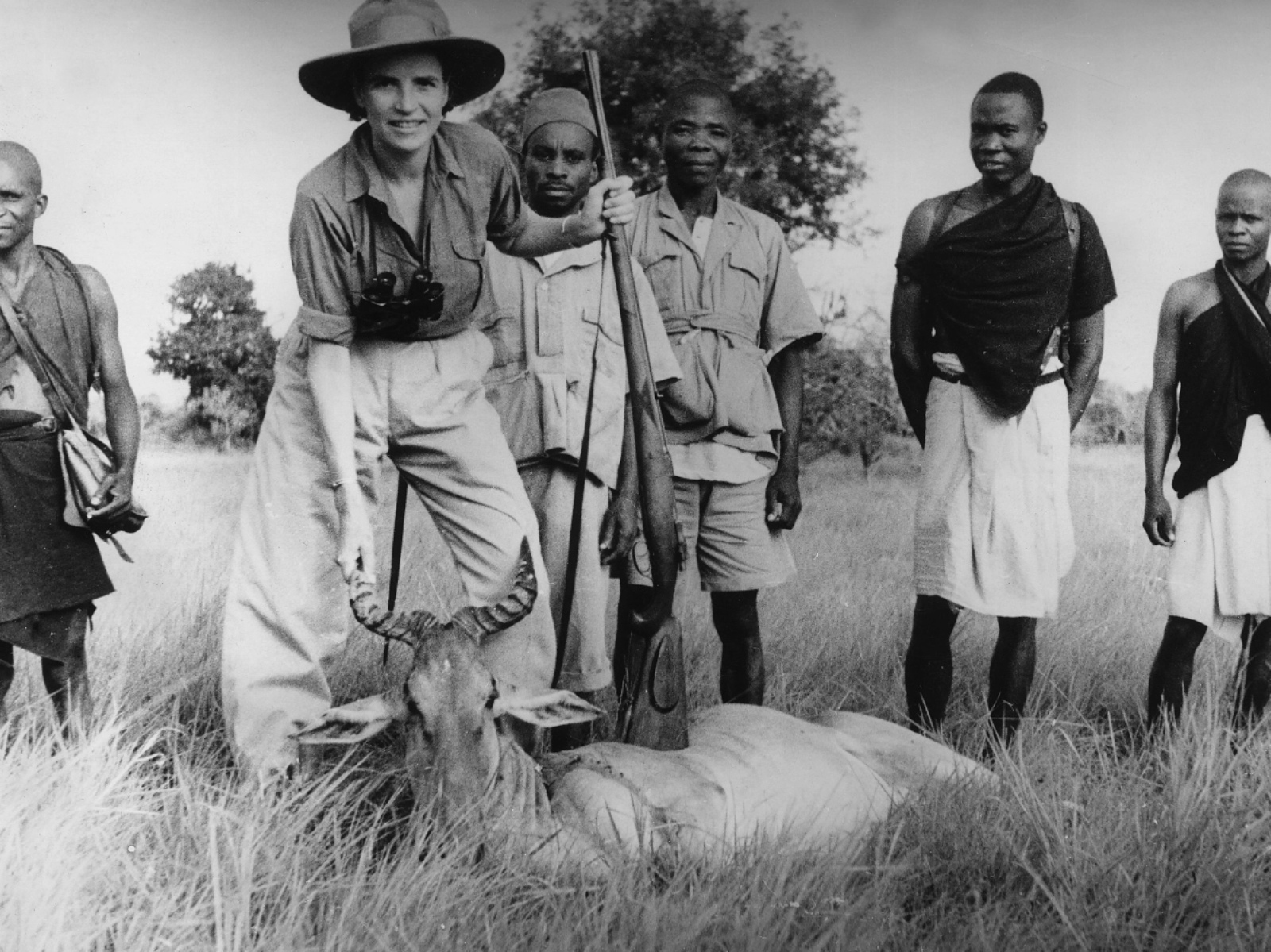
ullstein bld / Getty Images
In the mid-19th century, European colonization of Africa was limited, largely confined to coastal regions. But by 1925, when King Albert created his park, Europeans controlled roughly 90 percent of the continent.
At the time, these parks were playgrounds for wealthy Europeans and part of a massive imperial campaign to control African land and resources. Today, there are thousands of protected national parks around the world covering millions of acres, ranging from small enclosures like Gateway Arch National Park in St. Louis to sprawling landmarks like Death Valley in California and Kruger National Park in South Africa. And the world wants more.
Scientists, politicians, and conservationists are championing the protected-areas model, developed in the U.S. and perfected in Africa. In late 2022, at the United Nations Biodiversity Conference in Montreal, nearly 200 countries signed an international pledge to protect 30 percent of the world’s land and waters by 2030, an effort known as 30×30 that would amount to the greatest expansion of protected areas in history.
So how did protected parks move from an imperial tool to an international solution for accelerating climate and biodiversity crises?
In the early part of the 20th century, the expansion of colonial conservation areas was humming along. From South Africa to Kenya and India, colonial governments were creating protected national parks. These parks provided a host of benefits to their creators. There were economic benefits, including extraction of resources on park land and tourism income from increasingly popular safaris and hunting expeditions. But most of all, the rapidly developing network of parks was a form of control.
“If you can sweep a lot of peasants and Indigenous peoples away from the lands, then it’s easier to colonize the land,” Büscher said.
This approach was enshrined by the 1933 International Conference for the Protection of the Fauna and Flora of Africa, which created one of the first international treaties, known as the London Convention, to protect wildlife. The convention was led by prominent trophy hunters, but it recommended that colonies restrict traditional African hunting practices.
“Conservation is an ideology. And this ideology is based on the idea that other human beings’ ways of life are wrong and are harming nature, that nature needs no human beings in order to be saved,” said Fiore Longo, a researcher and campaigner at Survival international, a nonprofit that advocates for Indigenous rights globally.
“Conservation is an ideology based on the idea that other human beings’ ways of life are wrong and are harming nature.”
— Fiore Longo, a researcher and campaigner at Survival international
The London Convention also suggested national parks as a primary solution to preserve nature in Africa — and as many African countries saw the creation of their first national parks in the first half of the 20th century, the removal of Indigenous peoples continued. The convention was also an early sign that conservation was becoming a global task, rather than a collection of individual projects and parks.
This sense of collective responsibility only grew in the aftermath of World War II, when many international organizations and mechanisms, like the United Nations, were created, ushering in a new period of global cooperation. In 1948, the International Union for Conservation of Nature, or IUCN, the world’s first international organization devoted to nature conservation, was established. This would help pave the way for a new phase of international conservation trends.
By the middle of the 20th century, many countries in Africa were beginning to decolonize, becoming independent from the European powers that had controlled them for decades. Even as they lost their colonies, the imperial powers were not willing to let go of their protected parks. But at the same time, the IUCN was proving ineffective and underfunded. So in 1961, the World Wildlife Fund, or WWF, an international nonprofit, was founded by European conservationists to help fund global efforts to protect wildlife.
Sène-Harper said that although the newly independent African countries nominally controlled their national parks, many of them were run or supported by Western nonprofits like WWF.
“They’re trying to find more crafty ways to be able to extract without seeming so colonial about it, but it’s still an imperialist form of invasion,” she said.
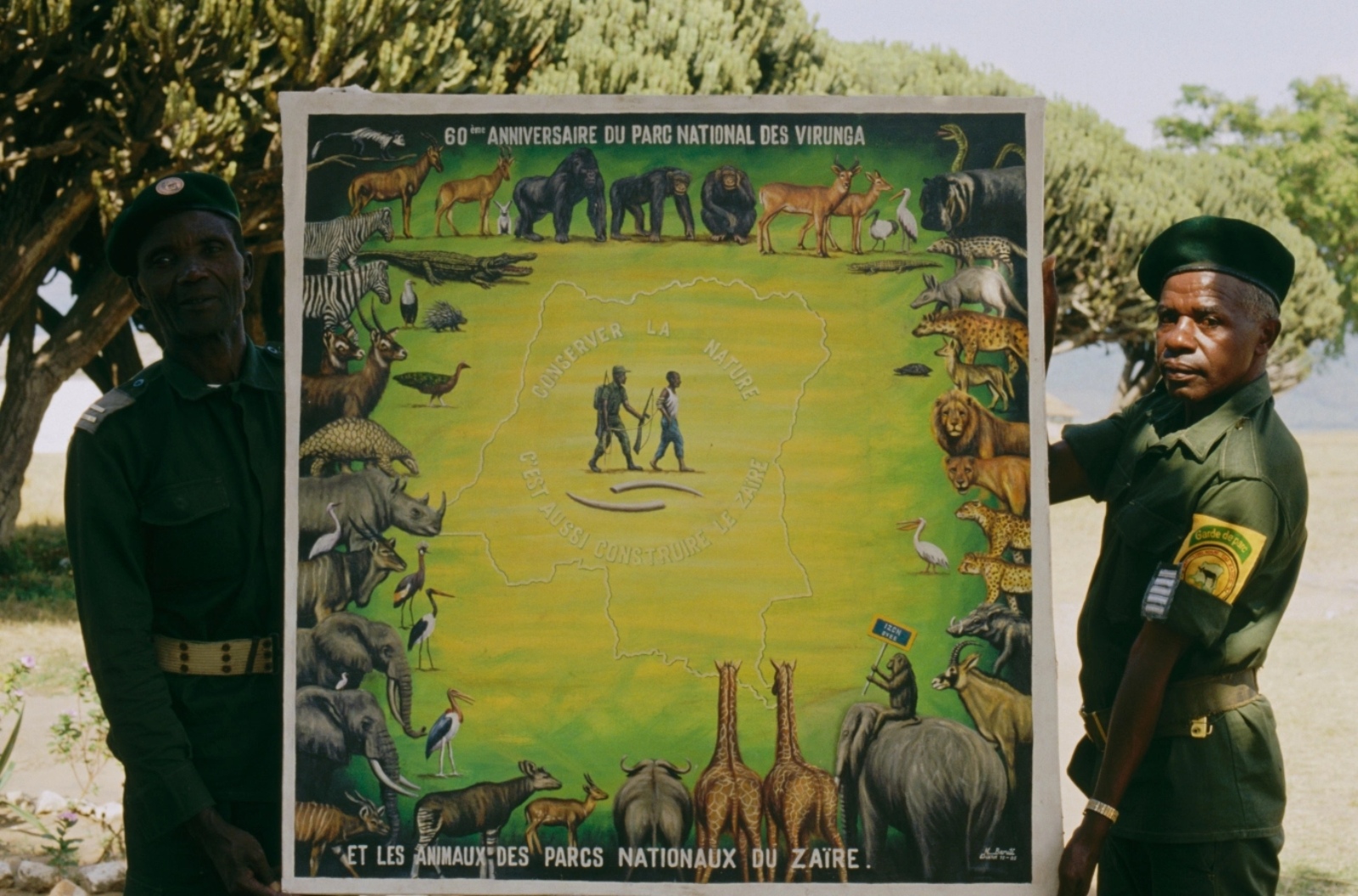
Patrick Robert / Sygma / Getty Images
Although these nonprofits have done important work in raising awareness of the extinction crisis, and have had some successes, experts say that the model of colonial conservation has not changed and has only made the problem worse.
Over the years, WWF and other nonprofits have helped fund violent campaigns against Indigenous peoples, from Nepal to the Democratic Republic of the Congo. And amid it all, climate change continues to worsen and species continue to suffer.
In 2019, in response to allegations about murders and other human rights abuses, WWF conducted an independent review that found “no evidence that WWF staff directed, participated in, or encouraged any abuses.” The organization also said in a statement that “We feel deep and unreserved sorrow for those who have suffered. We are determined to do more to make communities’ voices heard, to have their rights respected, and to consistently advocate for governments to uphold their human rights obligations.”
“I think most of [the big NGOs] have become part of the problem rather than the solution, unfortunately,” Büscher said. “The extinction crisis is very real and urgent. But, nonetheless, the history of these organizations and their policies are incredibly contradictory.”
To Indigenous people who had already suffered from decades of colonial conservation policies, little changed with decolonization.
“When we got independence, we kept on the same policies and regulations,” said Mathew Bukhi Mabele, a conservation social scientist at the University of Dodoma in central Tanzania.
In 1992, representatives from around the world gathered in Rio De Janeiro for the United Nations Conference on Environment and Development. The Earth Summit, as it has come to be known, led to the creation of the United Nations Framework Convention on Climate Change as well as the Convention on Biological Diversity, two international treaties that committed to tackling climate change, biodiversity, and sustainable development.
Biodiversity is the umbrella term for all forms of life on Earth including plants, animals, bacteria, and fungi.
Although the Earth Summit was a pivotal moment in the global fight to protect the environment, some have criticized the decision to split climate change and biodiversity into separate conferences.
“It doesn’t make sense, actually, to separate out the two because when you get to the ground, these are going to be the same activities, the same approaches, the same programs, the same life plans for Indigenous people,” said Jennifer Tauli Corpuz, who is Kankana-ey Igorot from the Northern Philippines and one of the lead negotiators of the International Indigenous Forum on Biodiversity.
From left: The 1992 UN Conference on Environment and Development, also known as the Earth Summit, brought together political leaders, diplomats, scientists, representatives of the media, and non-governmental organizations from 179 countries. Indigenous environmentalist Raoni Metuktire, a chief of the Kayapo people in Brazil, talks with an Earth Summit attendee.
In the years following the Earth Summit, biodiversity efforts began to lag behind climate action, Corpuz said.
Protecting animals was trendy during the early days of WWF, when images of pandas and elephants were key fundraising tactics. But as the impacts of climate change intensified, including more devastating storms, higher sea levels, and rising temperatures, biodiversity was struggling to gain as much attention.
“There were 100 times more resources being poured into climate change. It was more sexy, more charismatic, as an issue,” Corpuz said. “And now biodiversity wants a piece of the pie.”
But to get that, proponents of biodiversity needed to develop initiatives similar to the big goals coming out of climate conferences. For many conservation groups and scientists, the obvious solution was to fall back on what they had always done: create protected areas.
This time, however, they needed a global plan, so scientists were trying to calculate how much of the world they needed to protect. In 2010, nations set a goal of conserving 17 percent of the world’s land by 2020. Some scientists have supported protecting half the earth. Meanwhile, Indigenous groups have proposed protecting 80 percent of the Amazon by 2025.
How the world arrived at the 30×30 conservation model
In 2019, Eric Dinerstein, formerly the chief scientist at WWF, and others wrote the Global Deal for Nature, a paper that proposed formally protecting 30 percent of the world by 2030 and 50 percent by 2050, calling it a “companion pact to the Paris Agreement.” Their 30×30 plan has since gained widespread international support.
But other experts, including some Indigenous leaders, say the idea ignores generations of effective Indigenous land management. At the time, there was limited scientific attention paid to Indigenous stewardship. Because of that, Indigenous leaders say they were largely ignored in the early years of international biodiversity negotiations.
“At the moment, we did not have a lot of evidence,” said Viviana Figueroa, who is Omaguaca-Kolla from Argentina and a member of the International Indigenous Forum on Biodiversity.
Some experts see the push for global protected areas as a direct response to community-based conservation, which grew in popularity in the 1980s, and saw local communities and Indigenous peoples take control of conservation projects in their area, rather than the centralized approach that had dominated during colonial times.
“The roots of [the push for 30×30] should be looked at as the backlash against community-based conservation,” Bram Büscher, the sociologist from Wageningen University, said.
Some of the chief proponents of 30×30 bristle at the suggestion that they do not support Indigenous rights and say that Indigenous land management is at the heart of the initiative.
In response to a request for comment, a spokesperson from WWF pointed to its website, which outlines the organization’s approach to area-based conservation and its position on 30×30: “WWF supports the inclusion of a ‘30×30’ target in CBD’s post-2020 global biodiversity framework (GBF) only if certain conditions are met. For example, such a target must ensure social equity, good governance, and an inclusive approach that secures the rights of Indigenous peoples and local communities to their land, freshwater, and seas.”
“People have cherry-picked a few examples of where the rights of locals have been tread upon. But by and large, in the vast majority of situations, what’s going on is support of local communities, really, rather than anything to do with violation,” said Dinerstein, who now works at Resolve, a Washington, D.C.-based nonprofit focused on environmental, social, and health issues.
But Indigenous advocates say if that were true, they would not keep pushing a model that has already led to countless human rights violations.
“Despite having this knowledge and knowing that people who are not contributing to the destruction of the environment are going to pay for these protected areas, they decided to keep on pushing the target,” Survival International’s Longo said.
The new 30×30 framework agreed to by nearly 200 countries at the UN Biodiversity Conference in December came after years of delay and fierce negotiation. The challenge is now implementing the agreement around the world, a massive task that will require buy-in from individual countries and their governments.
“What was adopted in Montreal is hugely ambitious. And it can only be achieved by a lot of hard work on the ground. And it’s a great document, but it is only a document,” said David Cooper, acting executive secretary of the UN’s Secretariat of the Convention on Biological Diversity.
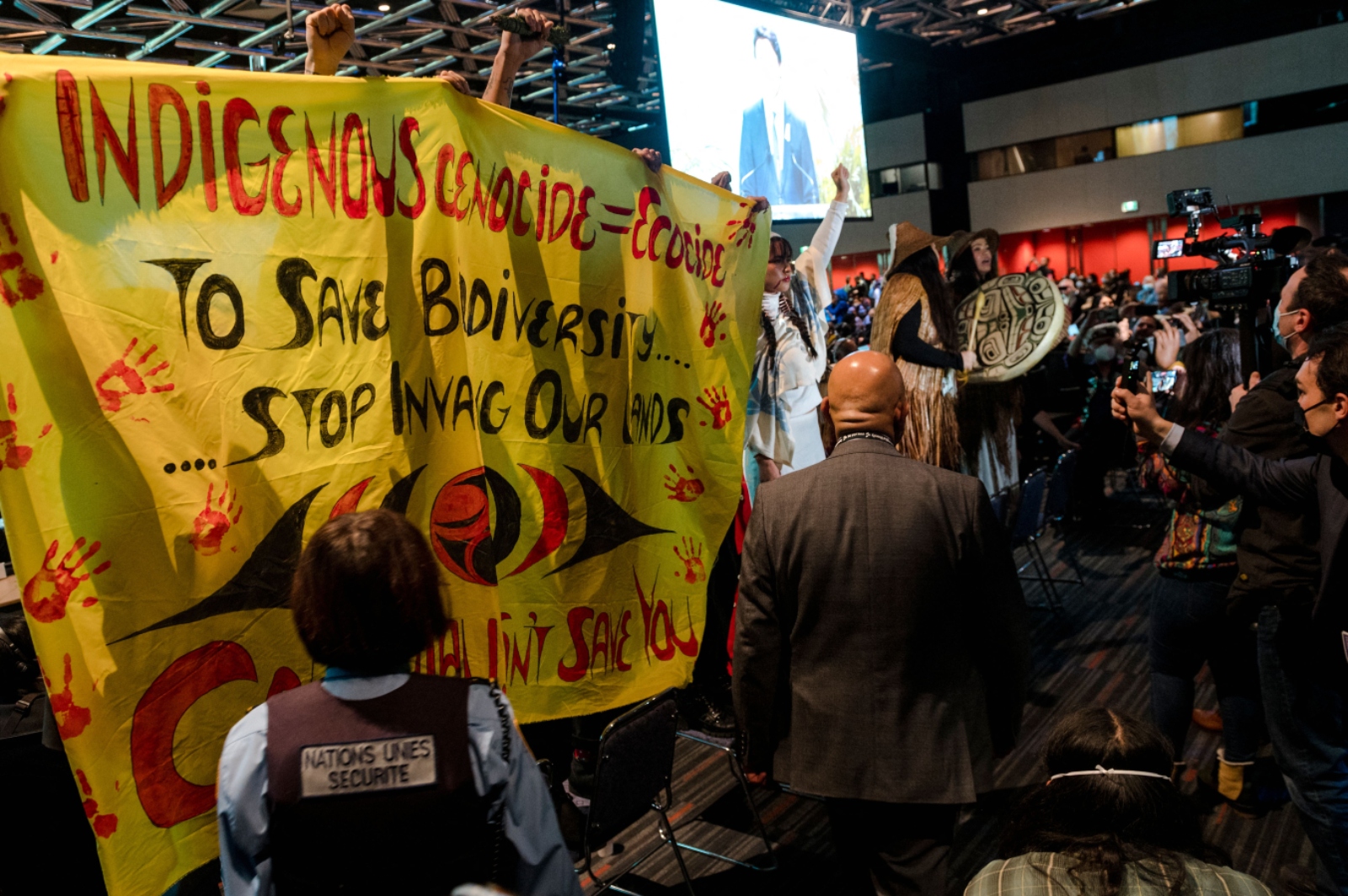
Andrej Ivanov / Getty Images
Part of that work is figuring out what land to protect. And although Indigenous negotiators and advocates did manage to get language that enshrines Indigenous rights into the final agreement, they are still concerned. Over a century of colonial conservation has shown that it only serves the powerful at the expense of Indigenous peoples.
“European countries are not going to evict white people from their lands,” said Longo. “That is for sure. This is where you see all the racism around this. Because they know how these targets will be applied in Africa and Asia. That’s what’s going on, they are evicting the people.”
Dinerstein, however, would argue that European countries have less natural resources to preserve, but more financial resources to help other countries.
“There’s a lot that can be done in Europe,” he said. “So we shouldn’t overlook that as well. I’m just making the point that there’s the opportunity to be able to do much more in other countries that have much less resources.”
Cooper said that in addition to implementation, monitoring and ensuring that rights are upheld will be a crucial task over the next seven years. “There will need to be a lot of work on monitoring. There’s always a justified nervousness that any global process cannot really see what’s happening at the local level and can end up with supporting measures that are perhaps not beneficial at the local level,” he said.
Although Indigenous leaders are going to keep fighting to ensure that the expansion of protected areas does not lead to continued violation of their rights, they are worried that the model itself is flawed. “It’s inevitable that the burden is going to fall again on developing countries,” Corpuz said.



